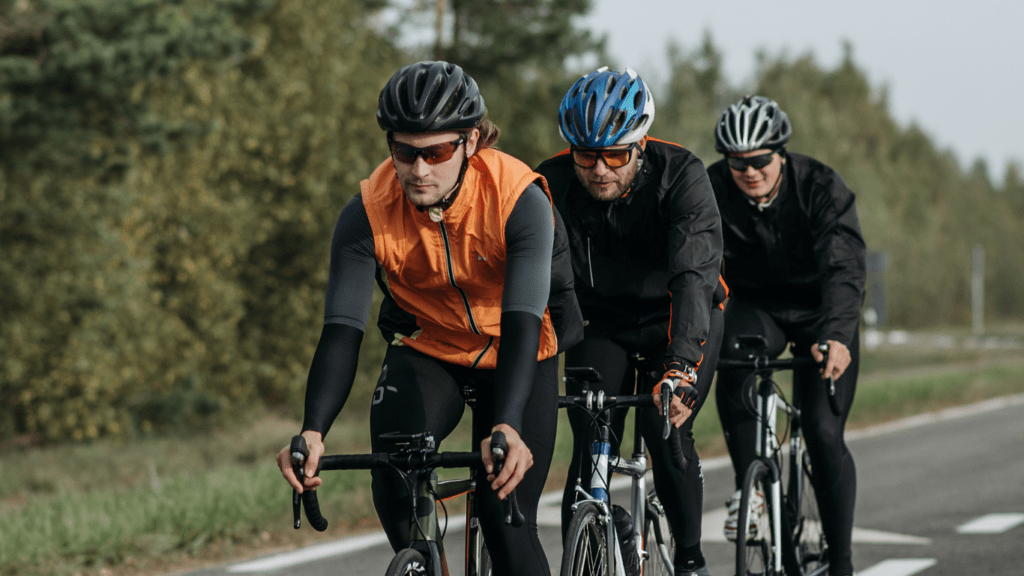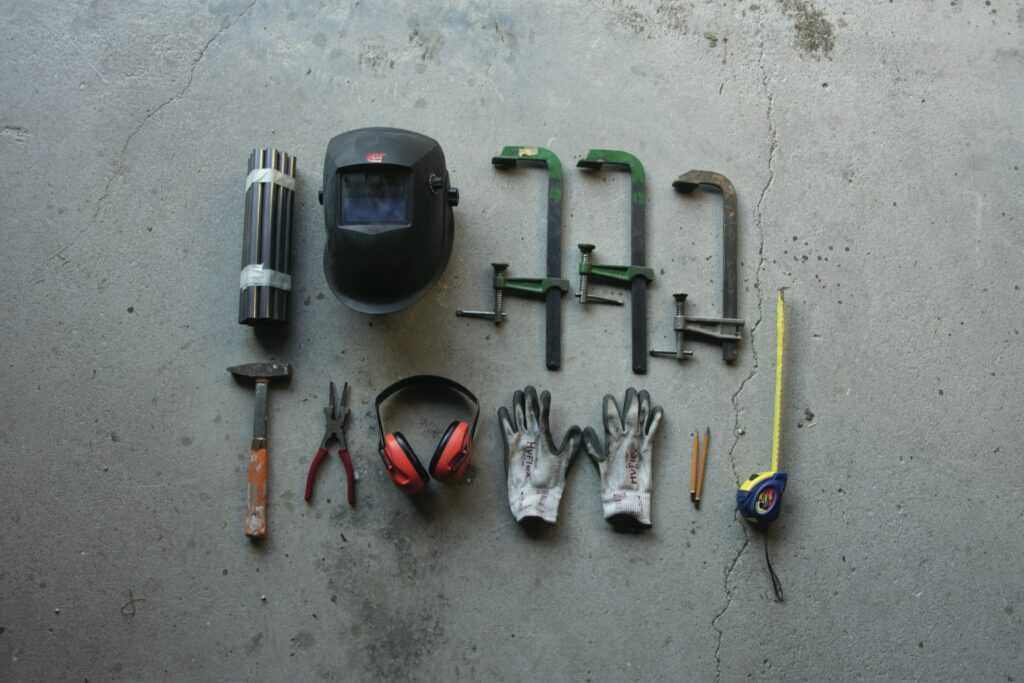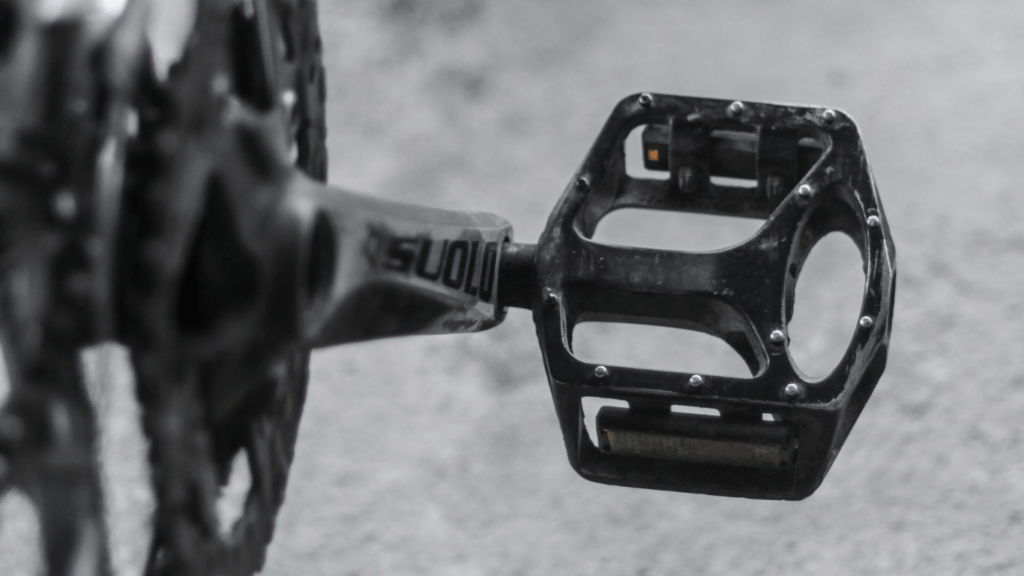The Importance of Wearing a Helmet
Wearing a helmet significantly enhances cycling safety. It’s the primary defense against head injuries during accidents.
Safety Standards and Certifications
Helmets must meet specific safety standards to ensure effectiveness. For instance, the Consumer Product Safety Commission (CPSC) in the US mandates rigorous testing. CPSC certification guarantees a helmet can withstand substantial impacts.
Other certifications like EN 1078 in Europe and AS/NZS 2063 in Australia offer additional credibility. When choosing a helmet, I always check for these certifications to ensure optimal protection.
Impact of Helmet Use on Cycling Safety
Helmets reduce the risk of severe head injuries by 70%, according to the Insurance Institute for Highway Safety (IIHS).
They also lower the risk of face injuries by up to 33%. Statistically, cyclists wearing helmets have significantly fewer fatalities in crashes.
For example, in 2019, 62% of cyclists who died in accidents were not wearing helmets (IIHS).
This data underscores the life-saving potential of wearing a helmet and reinforces the need for every cyclist to prioritize head protection.
Key Features to Consider When Choosing a Helmet
When choosing a helmet, it’s essential to consider several key features for maximum safety and comfort. These factors ensure you get the best possible protection while cycling.
Material and Durability
The material and durability of a helmet directly impact its protective capabilities. Most helmets use expanded polystyrene foam (EPS) for impact absorption.
Advanced models may include multi-directional impact protection system (MIPS) technology, which reduces rotational forces during a crash. An outer shell made from polycarbonate enhances durability without adding extra weight.
Checking for manufacturing standards and certifications ensures the helmet provides reliable protection.
Ventilation and Comfort
Adequate ventilation keeps you cool during long rides. Helmets with well-placed vents enhance airflow, reducing heat buildup. The number, size, and positioning of vents play a critical role in overall comfort.
Along with ventilation, the fit is crucial. Most helmets have adjustable straps and retention systems to ensure a snug fit. Padding inside the helmet adds additional comfort.
By considering these key features, you can choose a helmet that offers both safety and comfort for your cycling needs in 2024.
Review of Top Cycling Helmets for 2024

2024 offers a range of cycling helmets catering to varied needs and budgets. Here are my top picks.
Budget-Friendly Options
For cyclists seeking affordable yet reliable helmets, I’ve identified models providing excellent value:
- Schwinn Thrasher: This helmet meets CPSC standards and offers an adjustable dial fit system and 20 air vents, ensuring comfort and ventilation for under $30.
- Giro Register MIPS: At around $60, this helmet incorporates Multi-directional Impact Protection System (MIPS) technology, enhancing safety during varied crash impacts.
- Bell Draft: Priced at approximately $40, this helmet features a lightweight design, 25 vents, and a detachable visor, making it versatile for different riding conditions.
High-End Models
For those prioritizing advanced features and premium construction, these high-end models stand out:
- POC Ventral Air Spin: Costing around $250, this helmet uses SPIN technology to minimize rotational forces during impacts. It boasts superior aerodynamic design and exceptional ventilation.
- Specialized S-Works Prevail II: Priced at about $275, this helmet excels in fit, comfort, and weight. It’s equipped with MIPS SL, offering enhanced protection without compromising ventilation.
- Giro Aether MIPS: At around $300, this helmet combines dual-density foam liner and MIPS Spherical technology. Its extensive venting and fit system cater to competitive cyclists requiring top-tier performance.
I recommend considering both budget and high-end options for safe, comfortable, and stylish cycling in 2024.
Technological Advancements in Cycling Helmets
Technological advancements in cycling helmets for 2024 bring new levels of safety and convenience. These innovations address key aspects to enhance protection and rider experience.
Integrated Technology for Enhanced Safety
Manufacturers are integrating advanced technologies directly into helmet designs to boost safety.
Multi-directional Impact Protection Systems (MIPS) reduce rotational forces during impacts, significantly decreasing injury risk.
Koroyd technology utilizes a unique, welded tube structure to absorb energy efficiently, providing better protection without bulk. Sensors embedded in helmets can detect crashes and send alerts, ensuring timely assistance if needed.
Smart Helmets: What’s New in 2024?
Smart helmets are revolutionizing cycling with cutting-edge features.
Augmented Reality (AR) displays project navigational data and other critical information onto visors, allowing riders to keep their eyes on the road.
Helmets equipped with Bluetooth connectivity enable communication with smartphones for calls, music, and navigation. Voice-activated controls offer hands-free operation, enhancing safety during rides.
New models also include advanced lighting systems that increase visibility, making night rides safer. Artificial Intelligence (AI) integration provides real-time analytics on performance and health metrics to optimize training and improve wellness.
Technological advancements make 2024 helmets smarter, safer, and more efficient, ensuring a higher level of protection and convenience for every cyclist.
Maintenance Tips for Your Cycling Helmet
Proper maintenance enhances helmet longevity and safety. Here are key tips to help maintain your cycling helmet:
-
Regular Cleaning
Wipe the helmet with a soft cloth and mild soap. Clean the pads, straps, and shell frequently. Avoid harsh chemicals they can degrade materials.
-
Inspect for Damage
Check the helmet for cracks, dents, or other structural damage after every ride. Replace any damaged helmet immediately, as it may not offer adequate protection.
-
Proper Storage
Store the helmet in a cool, dry place away from direct sunlight. Exposure to extreme temperatures can weaken the helmet’s structure.
-
Pad Replacement
Replace worn-out pads for proper fit and comfort. Ensure new pads are compatible with your helmet model. Many manufacturers offer replacement pad kits.
-
Strap Adjustment
Frequently adjust the helmet straps to maintain a secure fit. Loose straps can compromise safety in an accident. Check strap integrity and replace if worn or frayed.
-
Follow Manufacturer Guidelines
Adhere to the maintenance recommendations provided by the helmet manufacturer. These guidelines are specific to each helmet model and essential for optimal performance.
-
Avoid Impact
Never use a helmet that has been involved in a significant impact. Even if damage isn’t visible, the internal structure may be compromised, reducing protection.
By following these tips, maintain helmet effectiveness and ensure long-term safety while cycling.

 I'm Daniel Leverette, and I’m excited to be part of the incredible team at Cycle Smooth Ride Long. Cycling has always been a passion of mine, and now, I get to share that passion with you by bringing expert insights, reviews, and tips to help you elevate your ride.
At Cycle Smooth Ride Long, we believe that every cyclist deserves the best experience, whether you’re hitting the pavement for a casual ride or gearing up for an intense training session. My goal is to ensure that you have the knowledge and tools you need to enjoy every mile, from choosing the right gear to optimizing your nutrition and fitness.
I'm Daniel Leverette, and I’m excited to be part of the incredible team at Cycle Smooth Ride Long. Cycling has always been a passion of mine, and now, I get to share that passion with you by bringing expert insights, reviews, and tips to help you elevate your ride.
At Cycle Smooth Ride Long, we believe that every cyclist deserves the best experience, whether you’re hitting the pavement for a casual ride or gearing up for an intense training session. My goal is to ensure that you have the knowledge and tools you need to enjoy every mile, from choosing the right gear to optimizing your nutrition and fitness.
